10.2: Background and Figures
- Last updated
- Save as PDF
- Page ID
- 34240
In this chapter my intention is to consider the extent to which writing surfaces, rather than other considerations, may be seen to have influenced the appearance of text in the early centuries of alphabetic writing in the Mediterranean world, with special emphasis on Greek-speaking and -writing areas, thus addressing the question of materiality that is the focus of this volume. My title may suggest a teleological approach — we use, or should I say used to use, joined-up writing, and therefore how did people in the 7th to 4th centuries bc square up to this inevitability? But the very fact that I feel obliged to say “used to use” demonstrates a procedural weakness of that approach. Yet it is patently obvious that by the time of the destruction of Pompeii there was widespread popular use of ‘literary’, hasty writing, and it is of interest to see in what ways this development was generated, and especially where its roots lie.
Here there arises a basic modern division between scholars, which revolves around the use of the word ‘cursive’; it is as good a starting point as any. Papyrologists and palaeographers reserve the word for a complete system of writing in which the straight line is largely replaced by the flowing curve; epigraphists on the other hand are happy to use the word for individual letter forms — ‘this inscription has cursive tendencies’, be it the nearly, but never completely, joined-up, ‘scrawl’ of imperial Latin, or the occasional letter form which adopts a rounded not angular shape.
The variation of use of the term is easy enough to comprehend and take into proper account, but should be kept in mind (for a thorough review of the mechanics and effect of such writing in the Roman period, see Parkes 2008).
Joined-up writing in fact need not bother us much. I merely note that the only form of truly joined writing which appears in the period concerned is the ligature, which is a constant enough feature of very largely non-cursive, in whatever sense, writing from around 550 bc onwards (see Figure 1, on Attic vase bases). It starts, and in most cases continues, as a personal, occasionally corporate, identificatory symbol, a continuation of one of the most prominent early uses of the alphabet, and before that of non-alphabetic signs, to mark personal property. Some regional preferences are apparent here, especially on the island of Thera (Figure 2), where two letters within words can be so linked (Inglese 2008: 56–57); we will have cause to consider regionality of writing practices consistently, a factor to be set beside any more generalised aspects of writing technique.
Papyrus and its Echoes in the Classical Period
These are not well-trodden paths — and when we push through the undergrowth we will see why. I begin with a text from near the end of the period under consideration, an unique post-firing graffito cut on the floor of an Athenian black-painted shallow bowl of c.350 bc from the Kerameikos excavations, though without a precise find location (Figure 3). It is perhaps the longest such graffito text known, apart from a set of modern forgeries, interesting in themselves (Corbett and Woodhead 1955), and certainly unique in other respects. I abbreviate the arguments I proposed (Johnston 1985: especially 297) that this is a record of some kind of reckoning of a month’s work by a group of slaves or metics during a year, the name of whose archon is unfortunately only partly preserved in the first line. I refuse to believe this is a one-off, yet it has no substantial parallel in the very considerable corpus of Athenian inscriptions on stone of the period; therefore it is probably an occasional notation of what otherwise would have been committed in ink to an organic surface, whether wood or papyrus. Yet there is minimal reflection of the use of the brush or pen — i.e. the cursive letter — here, just one apparent simplified sigma. It would be useful to set beside it the only papyrus record which I know from Athens of roughly contemporary date (probably a generation or two earlier). Regrettably however it is a blank; what was soon after its discovery described to me (Nikolaos Yalouris pers. comm.) as a “pudding” does not seem to have survived in any legible way. Some tiny uninscribed scraps are on display in the Peiraeus Archaeological Museum; yet I have the word of the workman who excavated the tomb that the lettering that was visible on the document look like “this” (pointing to the smaller texts on the back of a common or garden cigarette packet), i.e. what in modern Greek or Roman script we call small capitals.1
This is not the only evidence one can bring to bear, but it is direct evidence of what we can glean from other secondary sources to be the norm for the written texts of all the great classical authors’ ‘first folios’. I mention here in particular the book-rolls appearing in scenes painted on 5th-century red-figure vases (Figure 4), sometimes with legible texts (Avronidaki 2008: 17–18; Immerwahr 1990: 99), and then the description of lettering given in a play by Euripides, as preserved in a quotation in Athenaeus’ Deipnosophistae (book x, 454b–d): a sigma is likened to the composite Scythian bow. Athenaeus goes on to cite a passage from the later poet Aischrion, perhaps of c.350– 325, where the words used to describe the same letter sigma change from the angled composite bow to the plain arc (Bergk 1878–1882: ii 516, fragment 1; Lloyd-Jones and Parsons 1983, under the heading “Aischrion”). This is precisely the general change that we see in our earliest preserved papyrus text, but it appears a little later, since in the earliest such texts, datable to around 350–325 bc the crooked ‘Scythian bow’ is written (e.g. Johnston 1997: 108, fig. 18, published more fully by Turner 1975; Figure 5)2, and only towards the end of the century does the simple rounded arc begin to predominate, together with other slight signs of literary cursivity — that is to say, in Greek texts. The nearest, perhaps only, parallel in the non-Greek world is the Zagreb mummy (Figure 6) with its extensive Etruscan text (most recently van der Meer 2007). While the date is disputed, probably of the mid-Hellenistic period, we see here little sign of the trends towards cursive writing visible in the Greek record.

Figure 1: Ligatures among underfoot graffiti on Attic vases (after Johnston 1980: fig. 3).
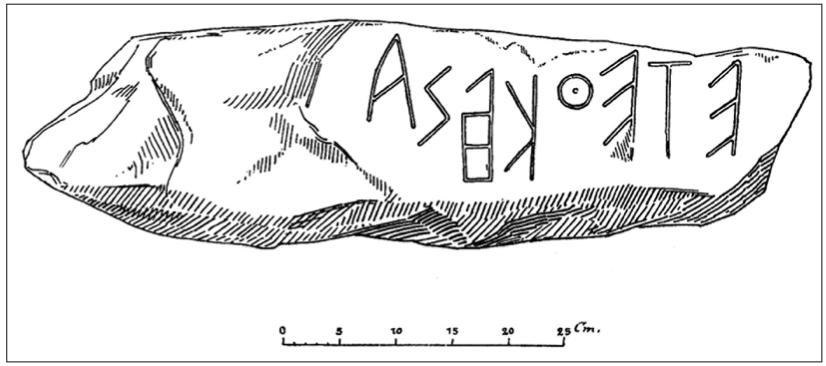
Figure 2: Ligature within a word, stone tomb-marker on Thera, 7th century bc (after Hiller von Gaertringen 1898: no. 781).
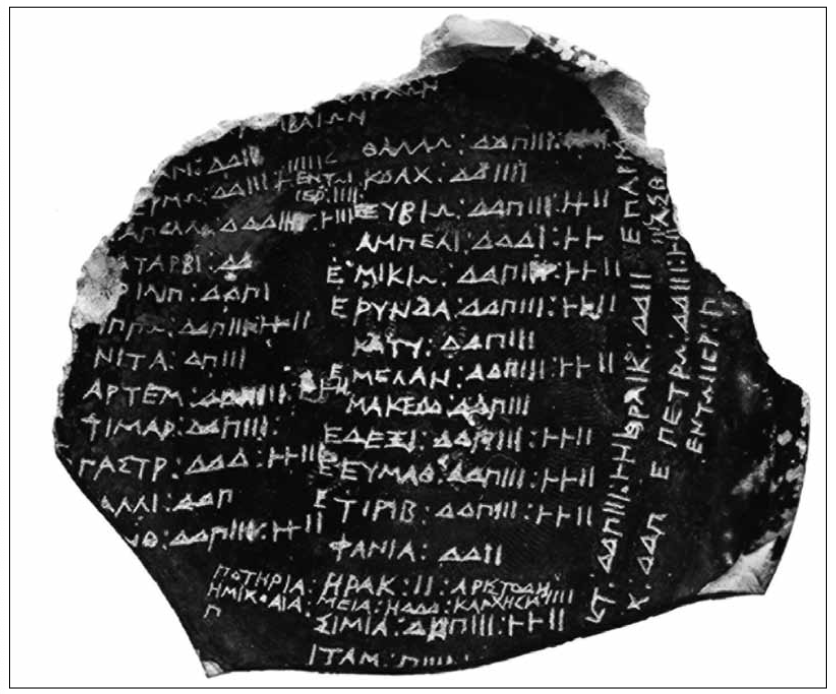
Figure 3: Graffito under the foot of a plate, from the Kerameikos, Athens (Johnston 1985: pl. 58). Kerameikos Museum 2242.
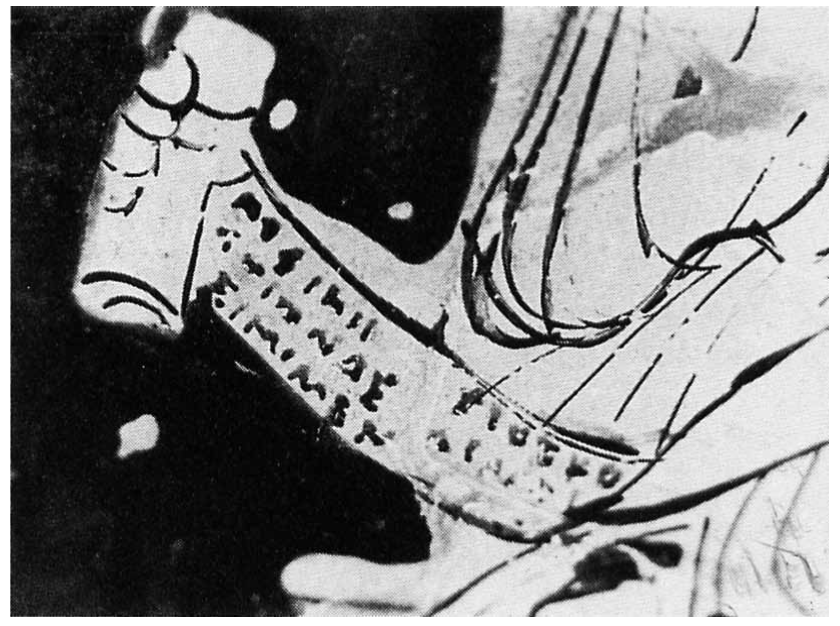
Figure 4: Boeotian red-figured vase with depiction of book-roll (Avronidaki 2008: pl. 7, 4). Whereabouts unknown.
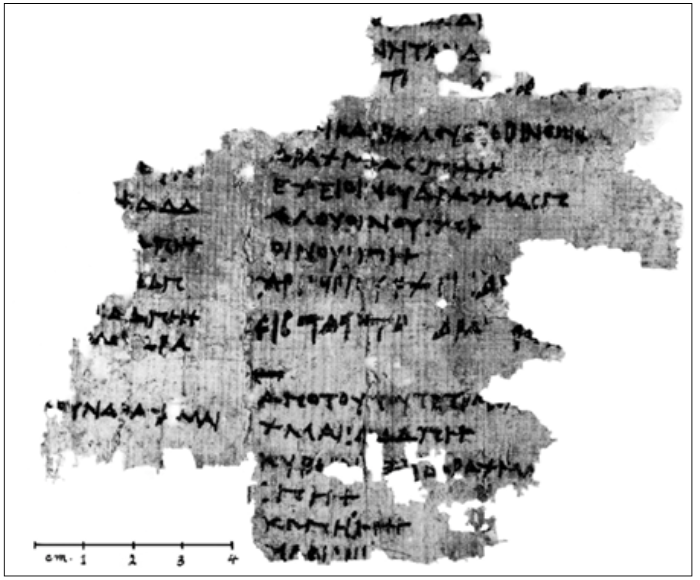
Figure 5: Papyrus from Saqqara, Egypt, excavation no. Sak 71/2 GP9, no. 5676 (after Johnston 1997: fig. 18). Photograph courtesy of the Egypt Exploration Society.
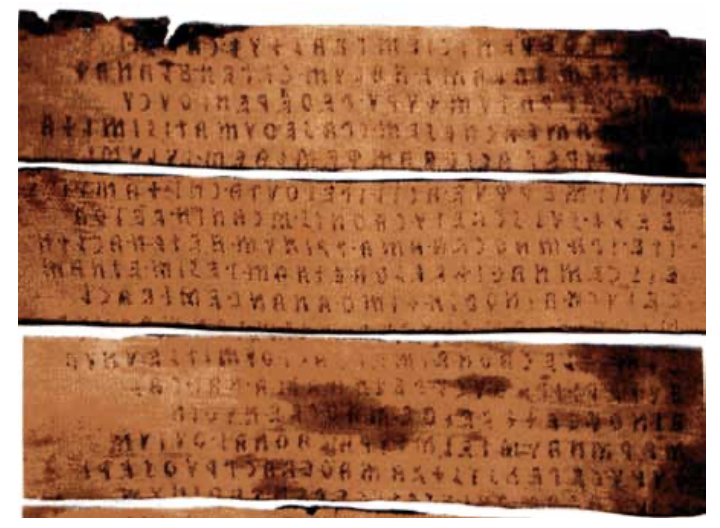
Figure 6: Detail of Etruscan mummy binding with part of the painted text (van der Meer 2007: 201). Zagreb Museum.
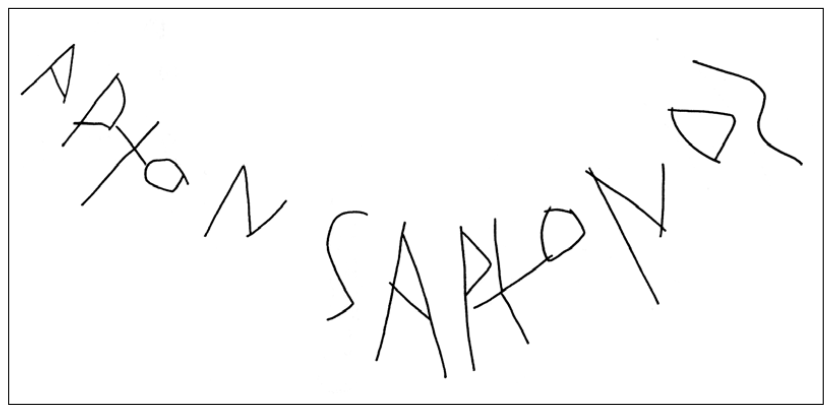
Figure 7: Graffiti on shoulder of Attic oil jar, from Vulci (Johnston and Jones 1978: fig. 1). British Museum GR 1848.0619.9.
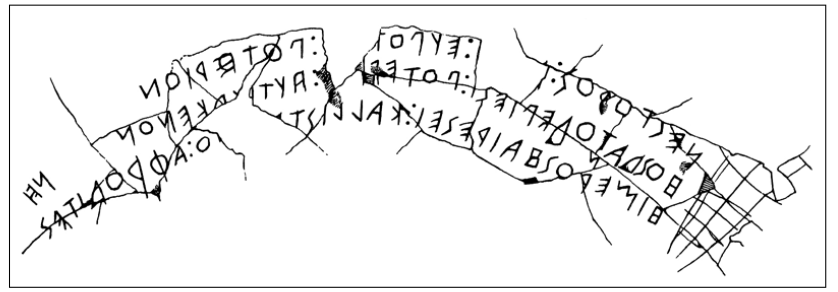
Figure 8: Drawing of graffito text on ‘Nestor’s cup’ (Jeffery 1990: pl. 47, 1). Lacco Ameno Museum, Ischia.
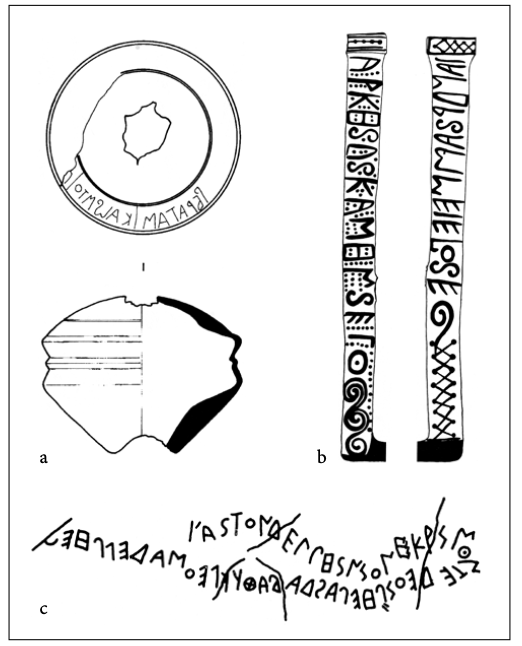
Figure 9: a) Graffito on jug, from Knossos (Johnston 1996: fig. 107, 84); b) House model, door jambs, with painted texts (Jeffery 1990: pl. 79, 4–5). Thera Museum; c) Rock-cut text, from Thera (Jeffery 1990: pl. 91, 1a).
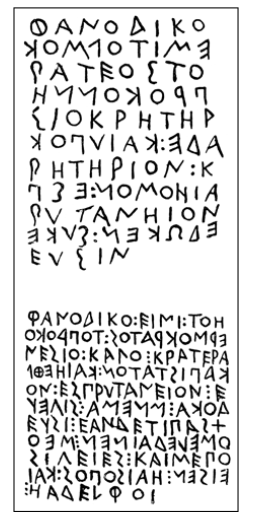
Figure 10: Marble stele of Phanodikos, from Sigeion (Jeffery 1990: pl. 71, 43–44). British Museum GR 1816.0610.107.
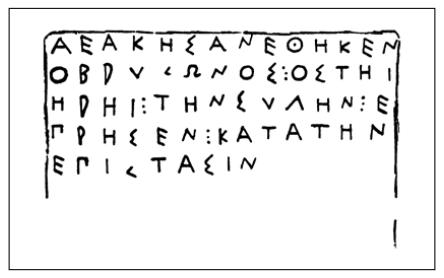
Figure 11: Engraved dedication of Aiakes, found on a marble seated figure (Jeffery 1990: pl. 63, 13). Samos Museum.
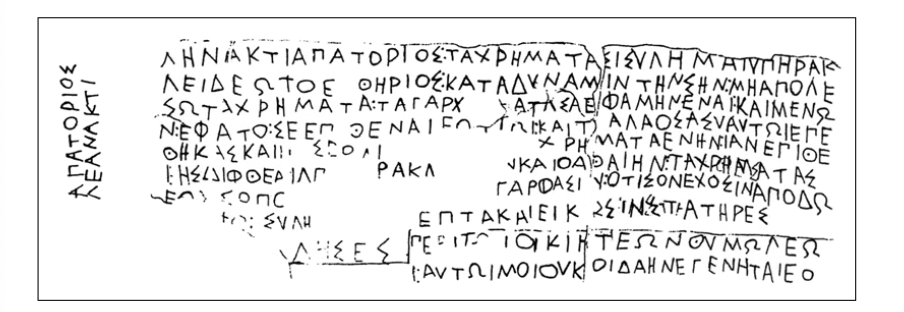
Figure 12: Lead letter from Olbia, Black Sea (Dana 2007: 75). Whereabouts unknown.
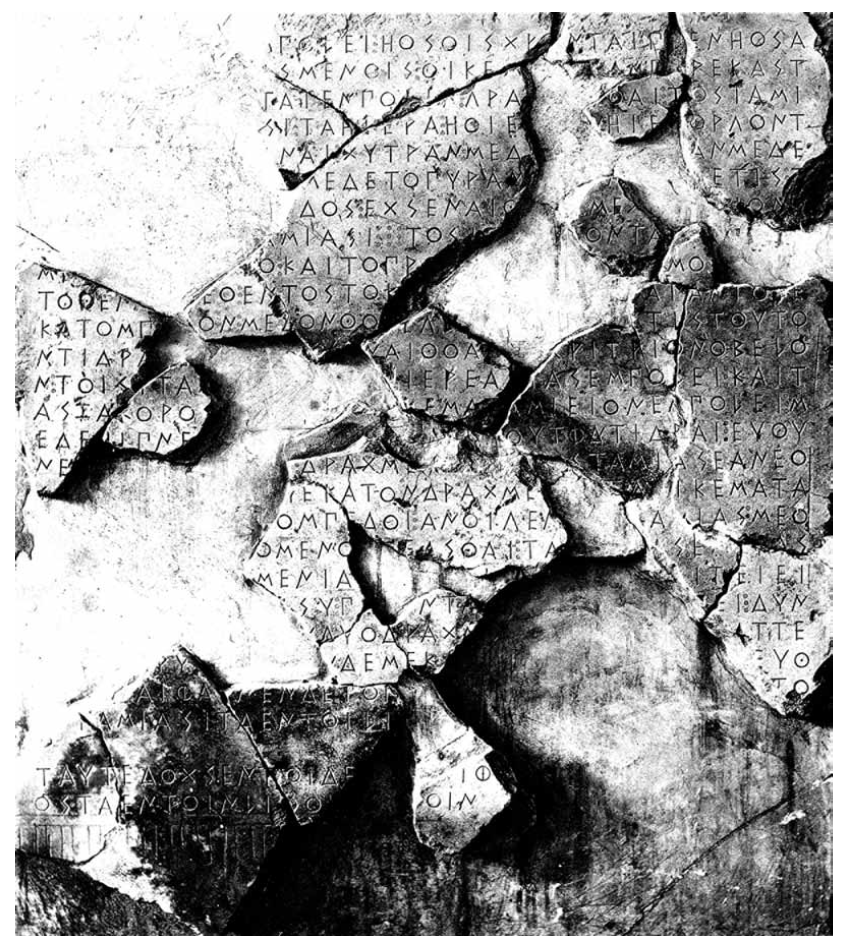
Figure 13: ‘Hekatompedon’ inscription, reused marble metope (after Kirchner 1948: fig. 20). Epigraphical Museum of Athens 6794.
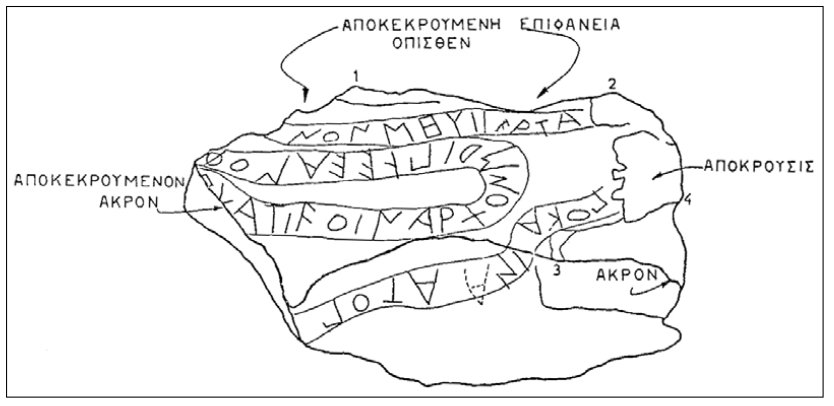
Figure 14: Tiryns cult text, c.600–550 bc (after Verdelis et al. 1975: 159). In situ.
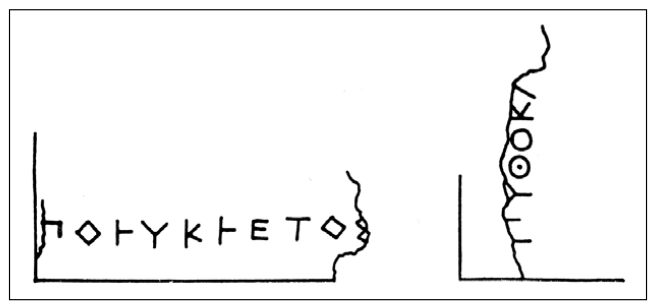
Figure 15: Signature of the sculptor Polykleitos, from Olympia, 450–425 bc (Jeffery 1990: pl. 30, 45). Olympia Museum 675.
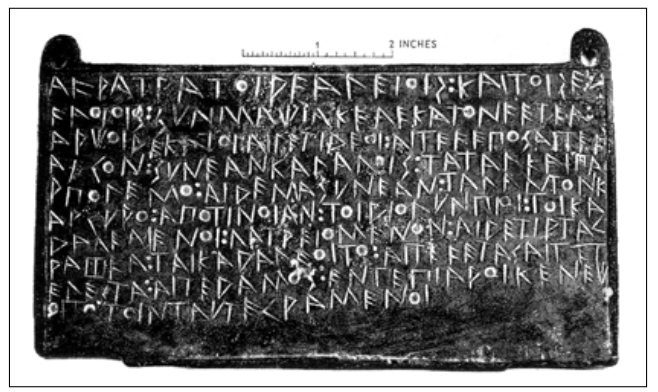
Figure 16: Treaty cut on bronze tablet, from Olympia, c.500 bc (Jeffery 1990: pl. 42, 6). British Museum GR 1824.0499.17.

Figure 17: Dedication by Mikythos of Rhegion, on stone base at Olympia, 470–50 bc (Jeffery 1990: pl. 49, 8). Olympia Museum.

Figure 18: Graffito under foot of Chian cup, from Naukratis, c.600–575 bc. British Museum GR 1888.6-1.421. Drawing by Denitsa Nenova.
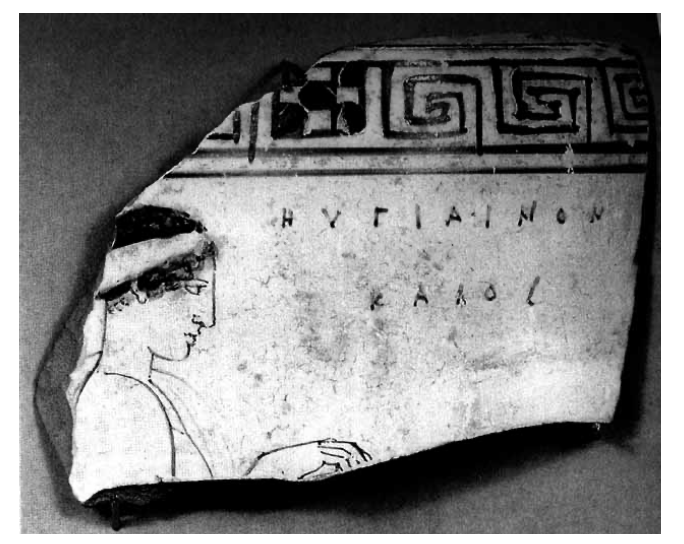
Figure 19: ‘Abbreviated’ sigma on Attic white-ground lekythos, c.450 bc. British Museum D49 (GR 1893.1115.7). Courtesy Trustees of the British Museum.
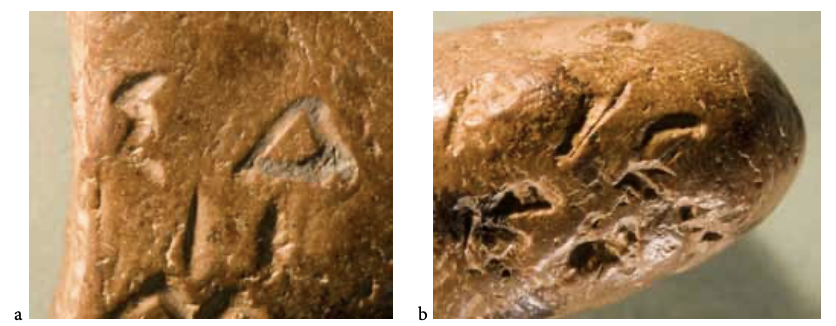
Figure 20: Clay ball, from Persepolis. Courtesy of Persepolis Fortification Archive Project, Oriental Institute, University of Chicago.
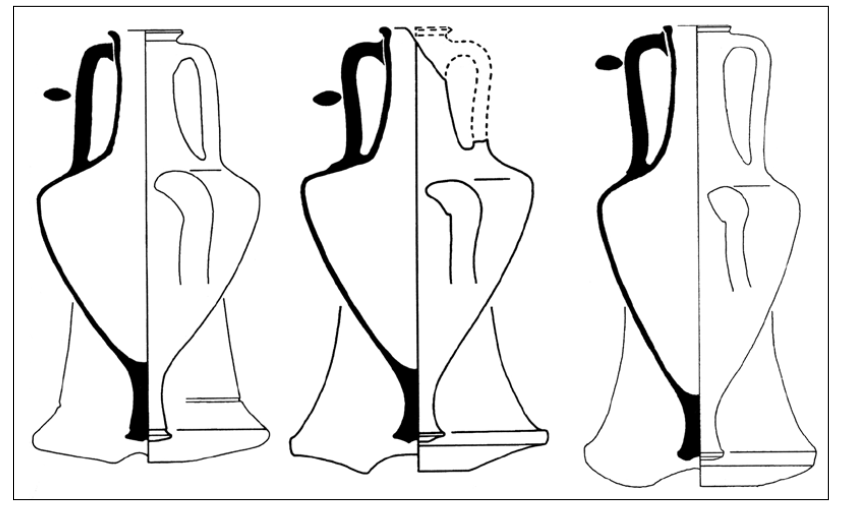
Figure 21: Mendean amphoras of 5th to 4th century bc (after Monakhov 2003: fig. 62).
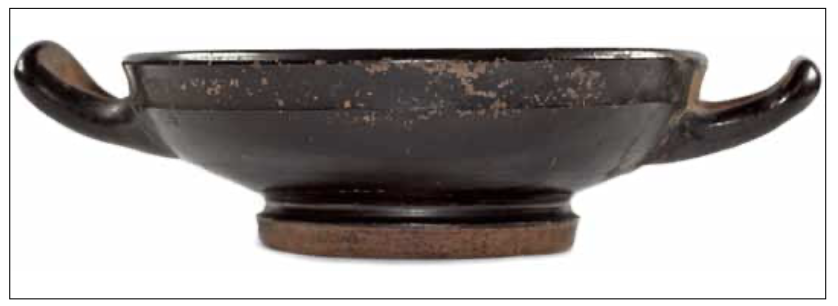
Figure 22: Athenian cup, Aberdeen University, Marischal College, inv. no. 9648. Courtesy of Aberdeen University Collections.
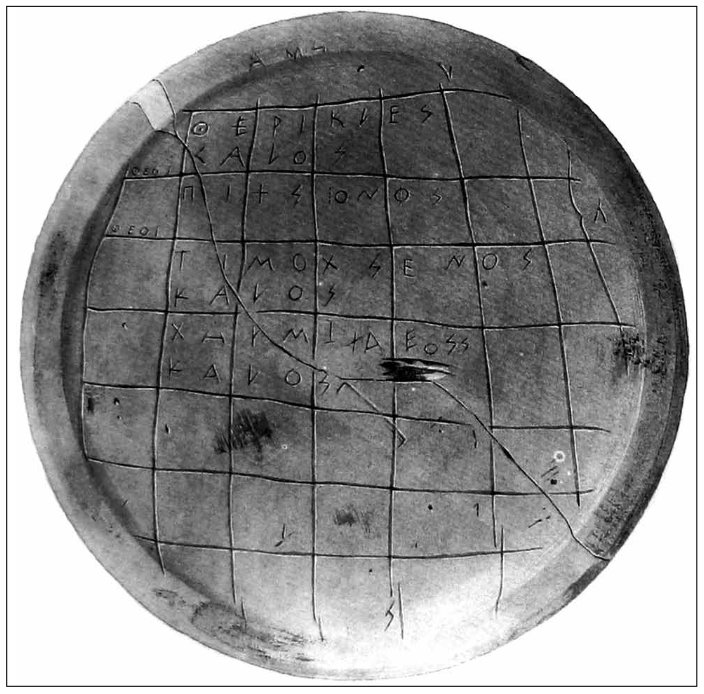
Figure 23: Graffito under foot of Attic vase, from Athens (Immerwahr 1990: fig. 165; Lang 1976: C21). Agora Museum P5164.
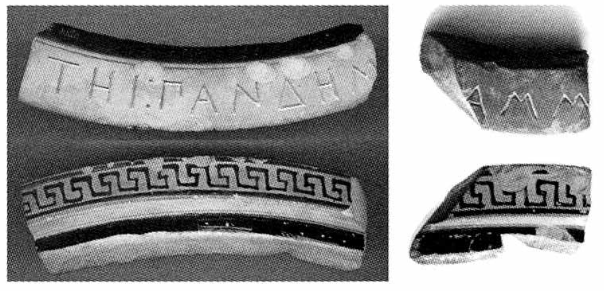
Figure 24: Dedication to Aphrodite Pandemos, from Naukratis, c.500 bc (Höckmann and Möller 2006: 16, fig. 11). British Museum GR 1900.0214.6 and Bonn, Akademisches Kunstmuseum 697.90.
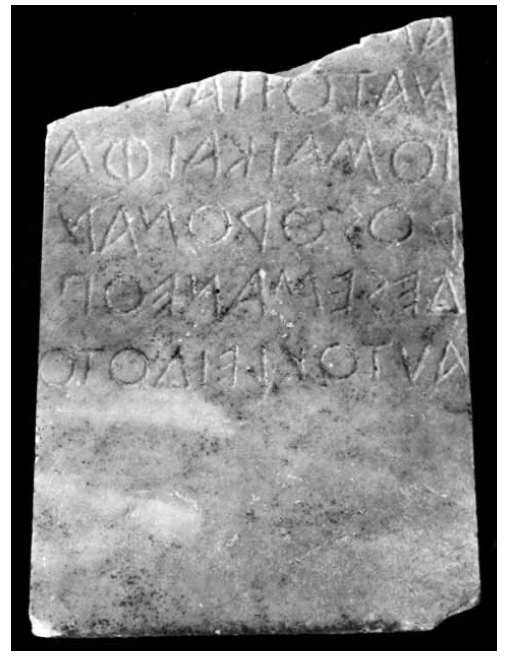
Figure 25: Grave stele of Autokleides, c.550–525 bc, from Athens (Jeffery 1990: pl. 73, 1). Epigraphical Museum of Athens 13474.
1 The tomb, in a plot beside Leoforos Vouliagmeni, southeast of the Akropolis, is essentially unpublished; apparently it contained no pottery, only a wide range of musical and writing instruments, but is stratigraphically connected with a 5th-century bc burial. I learned in 2010 that some inscribed parts do survive (Martin West pers. comm.; and see now Pöhlmann and West 2012).
2 The present whereabouts of the piece are uncertain (John Tait pers. comm.), but we may note that Eric Turner saw two hands at work, one using a brush, the other a reed.

